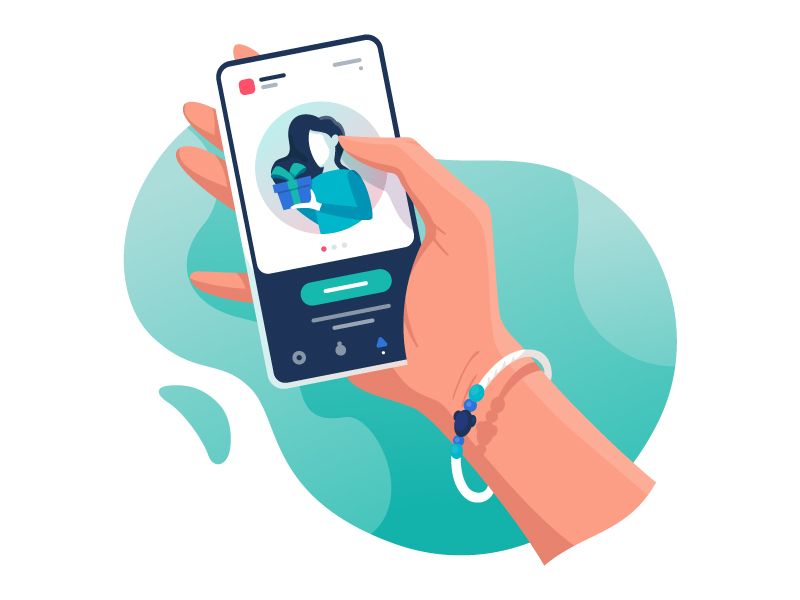
Oct 6, 2020
. UX Design Process .
3 min read
Understanding UX Design and Optimisation
Think of your business as a cruise line operation. As the owner of the cruise line, you must ensure that the destination you select
Think of your business as a cruise line operation. As the owner of the cruise line, you must ensure that the destination you select (your offering – your product or service proposition) is attractive enough to attract passengers (prospective customers) in sufficient numbers. Your ship (your digital interface – website or app) must take your passengers to their destination (the desired outcome to your proposition – registration/purchase/subscription). The captain of your ship (UX designer) must ensure the voyage (customer experience) is pleasant, bring value to your passengers and guide them unerringly to their destination (with good UX design and optimization). The only catch – like characters out of Star Trek, your passengers can choose to teleport themselves in and out of your vessel at any point, en route. Once a passenger is on board, it is the captain’s responsibility to minimize drop-outs and ensure that the maximum number of passengers stay aboard, until the destination is reached. Like on any voyage you may encounter rough weather (various market vagaries), and passengers may drop off. But if their voyage till that point has been pleasant, meaningful and memorable (using sound UX design principles), they will teleport back on board during favourable times to continue the journey and eventually, reach their destination. As the above analogy demonstrates, UX design and optimization is a mission-critical factor in ensuring favourable business outcomes for you. It helps your customer to see value at each stage, and therefore stay the entire course of the journey that you, as the business owner, wish to take him/her on. It’s ultimate underlying objective, is to synch-up and unify the desired outcomes for both a business and its customer. **Key UX Design Principles** Your platform must: · Have a logical hierarchy of topics and sub-topics · Be user-centric and intuitively navigable · Tell a coherent and compelling story · Take users on a seamless journey · Work towards creating customer value · Be directed towards achieving your business objective The UX Design Process Following are the steps of the UX design process: Step 1 – Define a user persona Defining your target prospect is important. There are people with certain problems or needs that your offering solves or fulfills. They all have certain common characteristics. Identify these characteristics to build a user persona – a fictitious representation of your typical prospect – with a view to understand them better. Leverage this understanding to attract them to your platform. Step 2 – Glean behavioral insights Over time, people will discover and visit your platform. Invest in analyzing their behaviour. As you begin to aggregate your findings, you will discern patterns in their behaviour and glean insights into how they tend to navigate through it. This is critical in helping you move to the next stage. Step 3 – Map user journey This is the most critical stage of the UX design process. It involves using all the behavioural patterns and insights you discern to map the user journey optimally. Use a combination of logic and emotion to guide users through the platform in a manner that makes for a coherent narrative and takes them on a rewarding and memorable journey. Step 4 – Analyze and optimize The more data you can aggregate and analyze on user motives and objectives, how they navigate through your platform, which sections they spend their time on and which sections of your narrative keeps them most engaged, the more you can fine-tune and optimize the user journey to your advantage. This will ensure that more and more of these user journeys culminate in effecting that final transaction – a user registration, subscription or a sale – that contributes to better business outcomes. It’s important to understand that this is not a one-time, linear process. It's a continuous, ongoing process, aimed at better understanding your customers, responding to their evolving needs, and taking them on a journey that not only brings value to their lives but also leads to a better business outcome for you.
Categories
UX Design Process
UX Tools
Consumer Experience
UI UXs